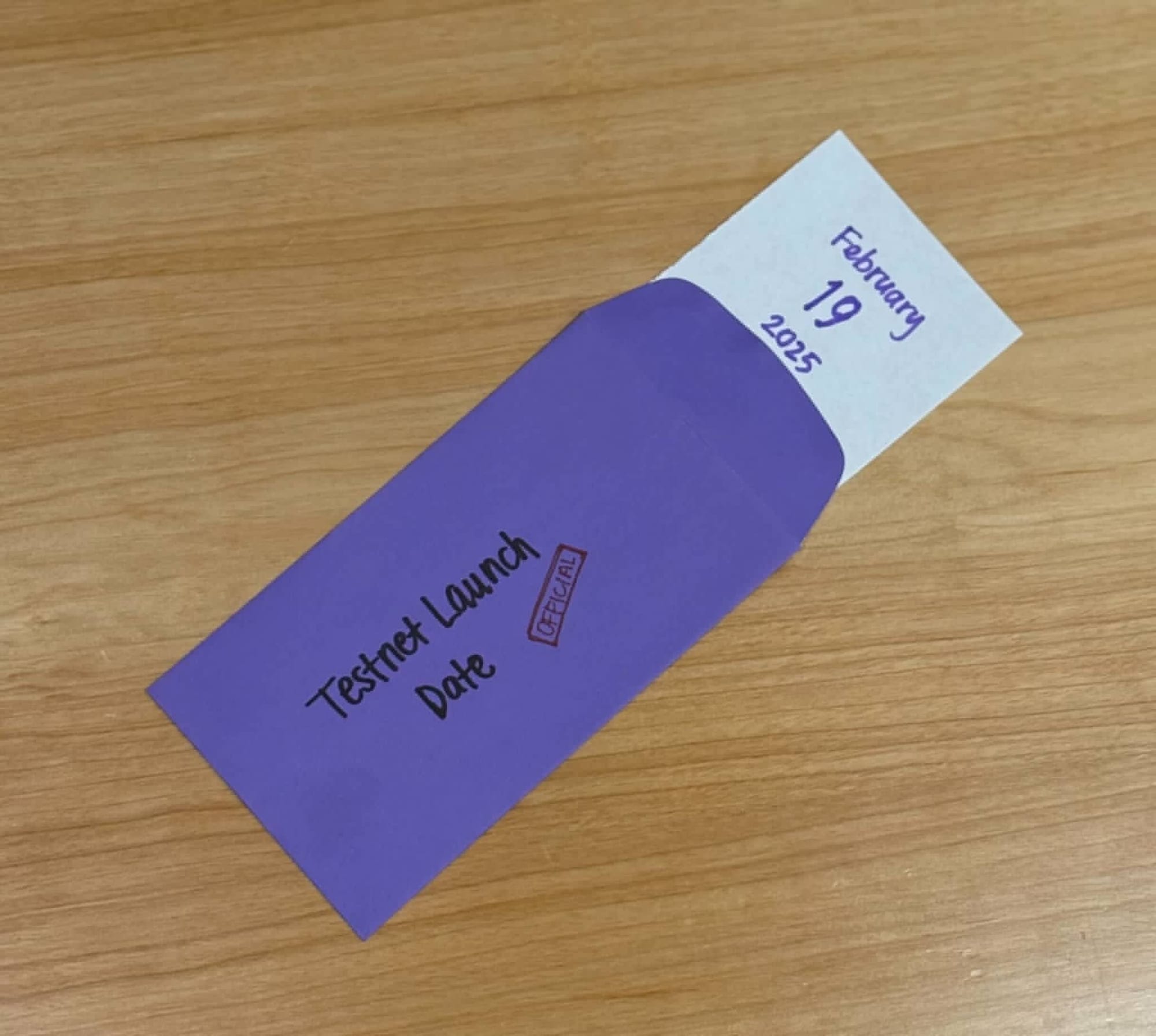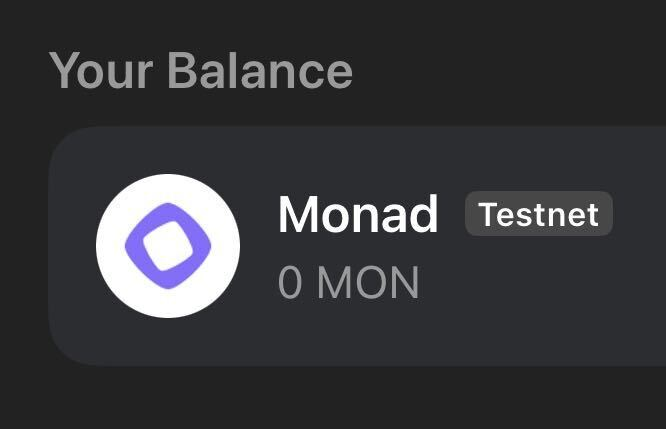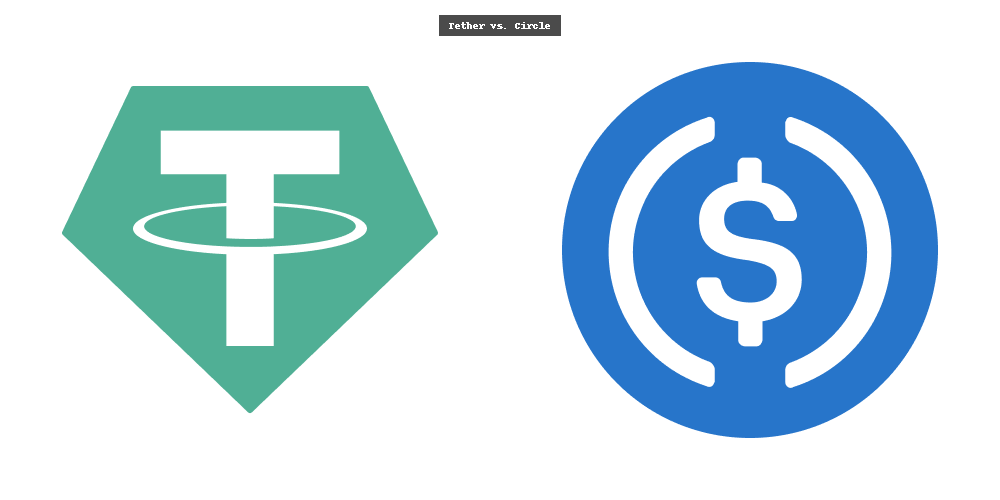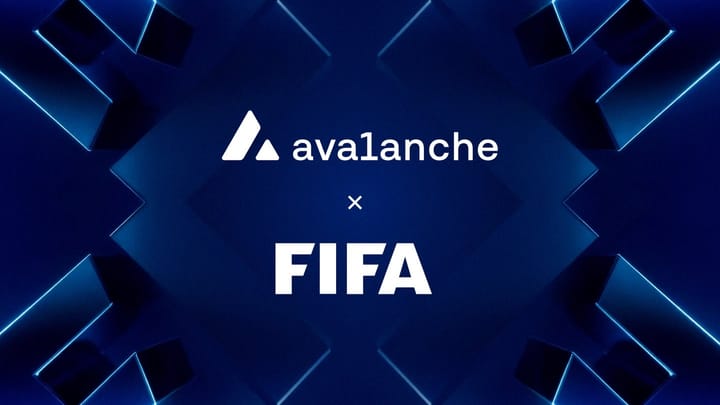Monad Testnet Analysis

Introduction
The Monad Testnet, launched on February 19, 2025, marks a significant milestone in the evolution of blockchain technology.
As a high-performance, Ethereum Virtual Machine (EVM)-compatible Layer 1 blockchain, Monad aims to address the scalability and performance limitations of existing blockchains like Ethereum while maintaining decentralization and security. With its ability to process up to 10,000 transactions per second (TPS), 1-second block times, and single-slot finality, Monad has garnered significant attention from developers, users, and investors alike.
This comprehensive guide provides an in-depth analysis of the monad testnet, offering insights into its features, setup process, ecosystem interactions, performance metrics, and best practices for developers and users. Whether you're a developer looking to build decentralized applications (dApps) or a user exploring the ecosystem, this article will equip you with the knowledge to navigate and analyze the Monad testnet effectively.

Understanding Monad: A High-Performance Layer 1 Blockchain Monad is a Layer 1 blockchain designed to overcome the scalability bottlenecks faced by Ethereum and other blockchains. Unlike Ethereum, which processes approximately 15 TPS, Monad leverages parallel execution, asynchronous execution, a custom state database (MonadDB), and a high-performance consensus mechanism to achieve extreme throughput.
Its key innovations include: - Parallel Execution: Monad processes multiple transactions simultaneously, significantly increasing throughput.
- Asynchronous Execution: This allows for efficient handling of transactions by decoupling execution from consensus.
- MonadDB: A custom database optimized for Ethereum state access, reducing storage inefficiencies.
- Superscalar Pipelining: Enhances performance by optimizing transaction processing workflows.
- EVM Compatibility: Monad is 100% bytecode-compatible with Ethereum, enabling developers to port Ethereum-based dApps without significant code changes. The Monad Testnet is the first publicly available version of the protocol, providing a risk-free environment for developers to test dApps and for users to interact with the ecosystem before the mainnet launch.
Since its launch, the testnet has processed over 2.7 million transactions across 242,300 unique addresses, deployed 110,300 smart contracts, and achieved a peak TPS of 3,000, with a transaction success rate of 98%. These metrics highlight Monad’s potential to redefine blockchain performance standards
Getting Started with the Monad Testnet
To engage with the Monad Testnet, users and developers must set up their wallets, claim testnet tokens, and explore the ecosystem.
Below is a step-by-step guide to get started, followed by my analysis of the process.
Step 1: Setting Up an EVM-Compatible Wallet. Monad recommends using wallets like Phantom, MetaMask, OKX Wallet, Uniswap Wallet, or Backpack, as these support native integration with the Monad Testnet.
For manual setup, follow these steps:
1. Install a Wallet: Download and install an EVM-compatible wallet (e.g., MetaMask or Phantom) as a browser extension or mobile app.
2. Add Monad Testnet: Visit [testnet.monad.xyz] and click “Manually add network.” For MetaMask, select “Add Network” and input the following details: - Network Name: Monad Testnet - RPC URL - Chain ID: Check [chainlist.org] - Currency Symbol: MON - Block Explorer URL: [testnet.monadexplorer.com]
3. Connect Wallet: On the Monad Testnet landing page, connect your wallet by clicking “Connect Wallet” and authorizing the connection.
Step 2: Claiming Testnet MON Tokens
Testnet MON tokens are essential for interacting with the Monad ecosystem, as they enable transactions, smart contract deployments, and dApp interactions.

To claim tokens: 1. Visit the Faucet: On [testnet.monad.xyz], scroll to the faucet section.
2. Enter Wallet Address: Copy and paste your EVM-compatible wallet address into the faucet field.
3. Request Tokens: Click “Get Testnet MON.” Tokens are distributed once every 12 hours, with amounts varying based on user roles (e.g., 5 MON for “Full Access” Discord members, 2 MON for Ethereum mainnet users with 0.01 ETH, or 0.05 MON for others.
4. Verify Tokens: Ensure the Monad Testnet network is selected in your wallet. If tokens don’t appear, switch networks or refresh the wallet
The faucet system is designed to handle high demand, with over 8.8 million active Ethereum addresses receiving testnet tokens at launch. However, high user activity can occasionally cause delays or faucet unavailability, requiring users to try multiple faucets (e.g., Gas.zip, Owlto). The tiered token distribution incentivizes community engagement, particularly through Discord roles, which may influence potential airdrop eligibility.
Step 3: Exploring the Monad Ecosystem Once equipped with MON tokens, users can interact with dApps, mint NFTs, and participate in community activities.
Key platforms include:
- Uniswap: Swap tokens or provide liquidity on the Monad testnet via Uniswap’s web app or wallet. Enable “Testnet mode” in settings to access Monad.
- Magic Eden: Mint NFTs, such as Purple Frens or Herb Genesis, to engage with the Monad NFT ecosystem.
- Lil Chogstars: Mint NFTs to explore community-driven projects.)
- Nad Domains: Register a domain name to establish a presence on the testnet.
- Layer3 Quests: Complete tasks to increase testnet activity and potentially qualify for airdrops.

The Monad ecosystem is diverse, with over 100 projects deployed, ranging from DeFi (e.g., Kintsu, Magma) to NFTs and gaming (e.g., Fantasy Top). The Spotlight section on [testnet.monad.xyz] highlights trending dApps, encouraging users to provide feedback to developers.
This community-driven approach fosters innovation but requires vigilance, as not all projects are vetted, increasing the risk of interacting with malicious contracts.
Performance Analysis of the Monad Testnet
Since its launch, the Monad Testnet has demonstrated impressive performance, providing valuable insights into its scalability and reliability. In terms of:
- Transaction Volume: Over 2.7 million transactions processed, with a peak TPS of 3,000 in the first few hours. The average TPS is 26, reflecting stable daily operations.
- Smart Contract Deployments: Approximately 110,300 smart contracts deployed, with 5,000–6,000 added hourly, indicating robust developer activity.
- Transaction Success Rate: A 98% success rate, placing Monad among the top-performing blockchains.
- Block Time: An average of 0.5 seconds, enabling high-frequency transactions and real-time applications.
- User Engagement: 242,300 unique addresses and 3.9 million wallets created, showcasing widespread adoption.
These metrics validate Monad’s claims of high throughput and low latency, positioning it as a viable alternative to Ethereum for high-frequency dApps like decentralized exchanges (DEXs) and gaming platforms. The high transaction success rate and rapid block times suggest a robust consensus mechanism, though sustained performance under mainnet conditions remains to be tested. The significant wallet creation indicates strong community interest, potentially driven by airdrop speculation, which could strain the network if not managed effectively.
Best Practices for Developers
Developers play a critical role in the Monad Testnet, testing dApps and providing feedback to refine the protocol.
Here are best practices to maximize efficiency and security:
1. Define Testing Goals: Outline specific features or functionalities to test, such as transaction throughput or smart contract execution. 2. Use Isolated Environments: Create a separate network environment using tools like Ganache or Geth to avoid interference with mainnet activities. 3. Leverage EVM Compatibility: Reuse Ethereum-based tools (e.g., Hardhat, Truffle) to deploy and test dApps, minimizing development overhead
4. Monitor Performance: Use [MonadExplorer] to analyze transaction data and contract performance. 5. Engage with the Community: Join Monad’s Discord or participate in Monad Madness, a global pitch competition with $1M in prizes, to collaborate and gain support.
Monad’s EVM compatibility is a significant advantage, allowing developers to leverage existing Ethereum tooling and expertise. However, the rapid pace of contract deployments (5,000–6,000 per hour) suggests a competitive environment, requiring developers to prioritize optimization and security to stand out. Community programs like Monad Madness incentivize innovation but may favor well-funded teams, potentially limiting opportunities for smaller developers.
Security Considerations
While the Monad Testnet uses testnet tokens with no real value, security remains paramount to protect user wallets and data. Few tips include:
- Use a Fresh Wallet - Verify Links: Only interact with official sites
- Beware of Scams - Check Contract Addresses
The testnet’s popularity, with over 3.9 million wallets, has attracted bad actors, necessitating vigilance. Monad’s recommendation to use fresh wallets and its integration with trusted platforms like Uniswap mitigate risks, but users must remain proactive in verifying interactions.
Potential Airdrop Opportunities
The Monad Testnet has sparked speculation about a potential airdrop, fueled by its distribution of testnet tokens to 8.8 million Ethereum addresses and community-driven campaigns like BREAK MONAD.
To maximize eligibility,
- Complete Layer3 Quests: Only 14,000 users have completed these tasks, making them a low-competition opportunity. - Mint NFTs: Engage with NFT projects like Purple Frens or Elixir x Monad on Magic Eden. - Earn Discord Roles: Roles like Monvangelist or NadOG reflect community contributions and may influence airdrop allocations.
- Participate in Games: Play games in the BREAK MONAD campaign to increase testnet activity.
While no airdrop is guaranteed, Monad’s community engagement strategies mirror those of successful airdrop campaigns (e.g., Wormhole’s $W airdrop to Monad users). Users should focus on diverse interactions to enhance their account quality, but the sheer volume of wallets (3.9 million) suggests high competition.
Conclusion
The Monad Testnet represents a groundbreaking opportunity to explore a high-performance, EVM-compatible Layer 1 blockchain. With its impressive metrics—10,000 TPS, 98% transaction success rate, and 0.5-second block times—Monad is poised to challenge Ethereum’s dominance in the DeFi and dApp space. This guide has provided a comprehensive roadmap for setting up wallets, claiming tokens, analyzing performance, and engaging with the ecosystem securely. For developers, the testnet offers a sandbox to innovate, while users can explore dApps and position themselves for potential airdrops. As Monad progresses toward its mainnet launch, continued community feedback and rigorous testing will shape its future.
Start exploring the Monad Testnet today at https://testnet.monad.xyz/ and join the revolution in blockchain scalability.



Comments ()